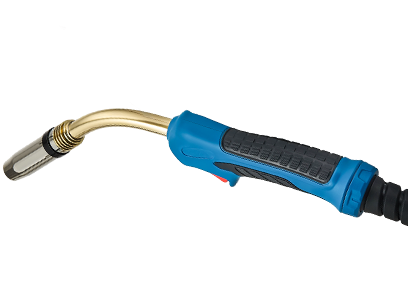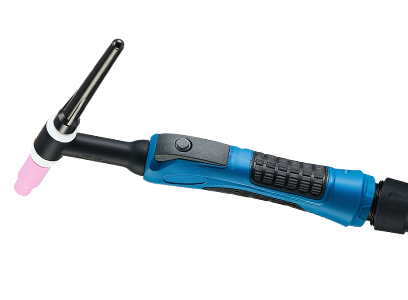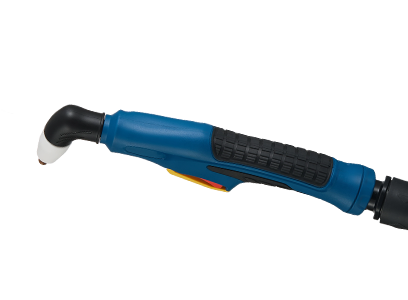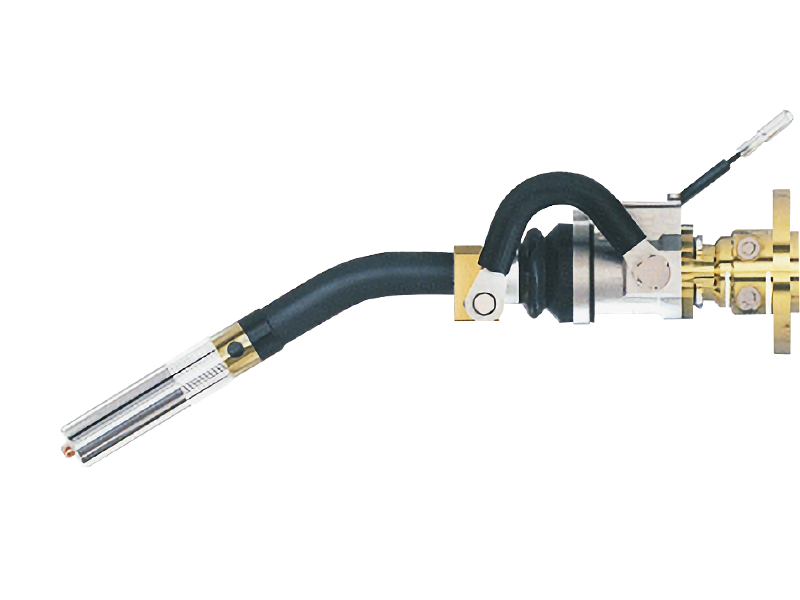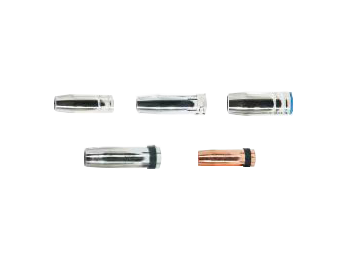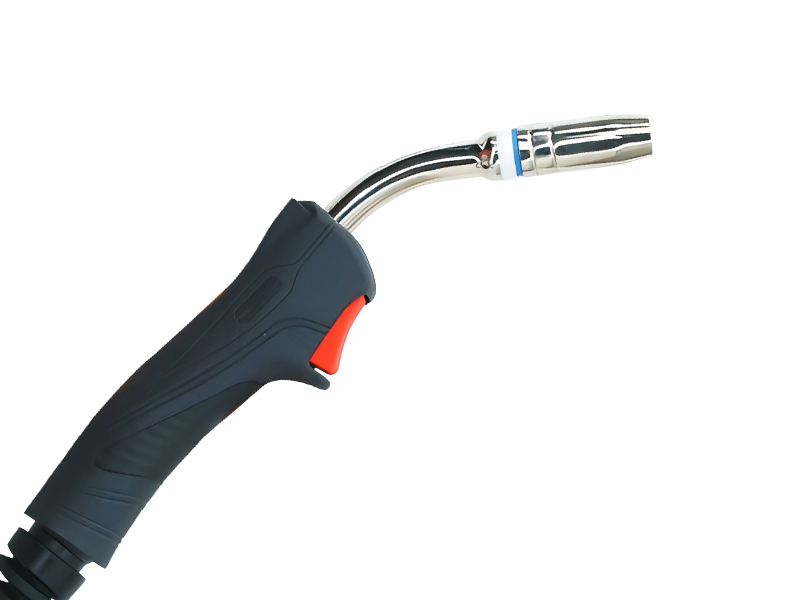Essential Equipment for MIG Welding: A Comprehensive Guide for Professionals
MIG welding, or Metal Inert Gas welding, is a popular welding technique that is valued for its speed and versatility. To achieve optimal results, it is essential to have the right equipment. Here is a detailed overview of the key equipment needed for MIG welding.
1. **MIG Welding Machine**: At the core of your setup is the MIG welding machine. These machines are designed to feed a continuous wire
MIG welding, or Metal Inert Gas welding, is a popular welding technique that is valued for its speed and versatility. To achieve optimal results, it is essential to have the right equipment. Here is a detailed overview of the key equipment needed for MIG welding.
1. **MIG Welding Machine**: At the core of your setup is the MIG welding machine. These machines are designed to feed a continuous wire into the weld pool, which allows for a smoother and faster welding process. When choosing a MIG welder, consider factors such as duty cycle, output voltage, and feeding mechanism to match your project requirements.
2. **Welding Wire**: The type of welding wire used is critical for achieving strong welds. ER70S-6 is a commonly used wire for general-purpose welding, while other alloys may be required for specific applications. Ensure that the wire diameter is compatible with your welding machine and matches the materials you are working with.
3. **Gas Supply**: MIG welding typically uses a shielding gas, such as argon or a mix of argon and carbon dioxide, to protect the weld from contamination. A gas cylinder, along with a proper regulator and flow meter, is required to control the gas flow during the welding process.
4. **Welding Gun**: The welding gun is a vital component that delivers the welding wire and shielding gas to the workpiece. It’s important to choose a gun that fits comfortably in your hand and is suitable for the wire size and thickness you are using. Consider the gun’s duty cycle and cooling system, especially for long welding sessions.
5. **Protective Gear**: Safety should never be overlooked. Ensure you have a quality welding helmet with the appropriate shade to protect your eyes from the intense light and UV radiation produced during welding. Additionally, wearing gloves, an apron, and protective clothing will shield your skin from sparks and heat.
6. **Workpiece Preparation Tools**: Before starting to weld, preparing the workpieces is essential. Tools such as grinders, brushes, and cutting tools will help you clean and fit the materials properly, ensuring better weld quality.
7. **Clamping and Positioning Devices**: To maintain accuracy and stability during welding, using clamps and fixtures is advisable. They help secure the pieces in place, allowing you to focus on creating precise welds without worrying about movement.
In summary, the equipment needed for MIG welding includes a reliable welding machine, appropriate welding wire, shielding gas, a suitable welding gun, protective gear, preparation tools, and clamping devices. By ensuring you have the right tools, you can enhance your MIG welding capabilities and achieve high-quality results in your projects.
1. **MIG Welding Machine**: At the core of your setup is the MIG welding machine. These machines are designed to feed a continuous wire into the weld pool, which allows for a smoother and faster welding process. When choosing a MIG welder, consider factors such as duty cycle, output voltage, and feeding mechanism to match your project requirements.
2. **Welding Wire**: The type of welding wire used is critical for achieving strong welds. ER70S-6 is a commonly used wire for general-purpose welding, while other alloys may be required for specific applications. Ensure that the wire diameter is compatible with your welding machine and matches the materials you are working with.
3. **Gas Supply**: MIG welding typically uses a shielding gas, such as argon or a mix of argon and carbon dioxide, to protect the weld from contamination. A gas cylinder, along with a proper regulator and flow meter, is required to control the gas flow during the welding process.
4. **Welding Gun**: The welding gun is a vital component that delivers the welding wire and shielding gas to the workpiece. It’s important to choose a gun that fits comfortably in your hand and is suitable for the wire size and thickness you are using. Consider the gun’s duty cycle and cooling system, especially for long welding sessions.
5. **Protective Gear**: Safety should never be overlooked. Ensure you have a quality welding helmet with the appropriate shade to protect your eyes from the intense light and UV radiation produced during welding. Additionally, wearing gloves, an apron, and protective clothing will shield your skin from sparks and heat.
6. **Workpiece Preparation Tools**: Before starting to weld, preparing the workpieces is essential. Tools such as grinders, brushes, and cutting tools will help you clean and fit the materials properly, ensuring better weld quality.
7. **Clamping and Positioning Devices**: To maintain accuracy and stability during welding, using clamps and fixtures is advisable. They help secure the pieces in place, allowing you to focus on creating precise welds without worrying about movement.
In summary, the equipment needed for MIG welding includes a reliable welding machine, appropriate welding wire, shielding gas, a suitable welding gun, protective gear, preparation tools, and clamping devices. By ensuring you have the right tools, you can enhance your MIG welding capabilities and achieve high-quality results in your projects.
TAG:
Related Posts
MIG Welding Robots vs. Traditional Methods: A Comprehensive Comparative Analysis
Table of Contents
1. Introduction to MIG Welding and Traditional Methods
2. Understanding MIG Welding Technology
3. Benefits of Using MIG Welding Robots
3.1 Efficiency and Speed
3.2 Precision and Quality
3.3 Enhanced Safety
4. Overview of Trad

